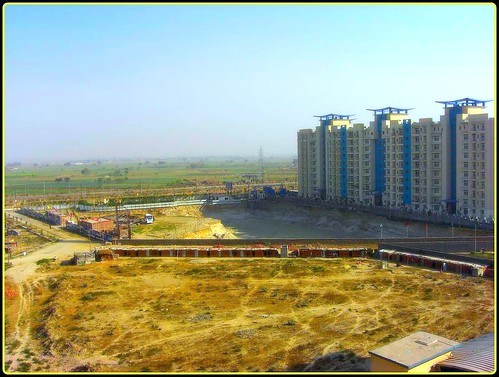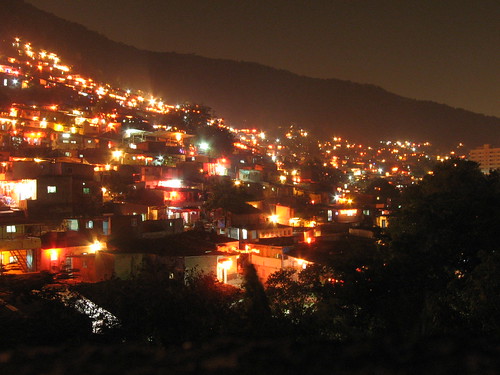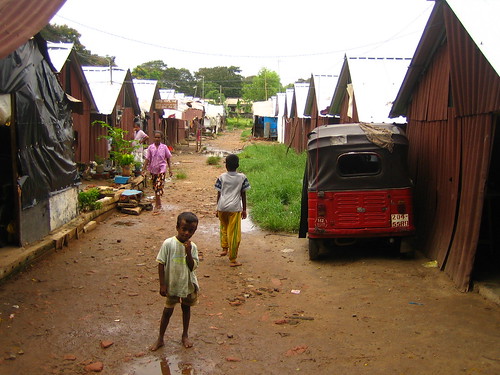Posts tagged GDP
Introduction to Development
Jan 22nd
This post offers some resources to help learn about the key syllabus pints under section 3.2 of the 2005 IB Economics syllabus.
Definitions of economic growth and economic development
and
Differences in the definitions of the two concepts
This video excellent by Flame India includes points on limitations of using GDP to compare welfare (below) and alternative measures (HDI). Take note of the definitions by Michael Todaro and also the contributions of Amrtya Sen and Mahbub ul Haq. Note how Economic Growth contributes towards Progress in Human Development.
Gross Domestic Product (GDP) versus Gross National Product (GNP) as measure of growth
To recap the meaning of GDP, you might use this opengecko post:
To see some examples of actual GDP figures, you could use this post:
Comparing GDP and Other Indicators Across Countries
PAJ Holden gives a detailed explanation of the difference which lasts 8 minutes:
This video summarises the differences much more quickly:
Limitations of using GDP as a measure to compare welfare between countries
Notice – Joseph Stiglitz also points out the difference between GDP and GNP (above) as well.
Allowance for differences in purchasing power when comparing welfare between countries
Alternative measurements of development
Composite Indices – HDI and beyond by hdr.undp.org

See the original (via EU Infrastructure) here.
Problems of measuring development
For this section, you may conduct your own online research and/or consult your text book.
Developed and Developing Economies – Online Resources and Revision Materials
Feb 21st
The full title of this section from the IGCSE syllabus is:
‘Developed and developing economies: trends in production, population and living standards’

Image: Some rights reserved by souravdas
Here is what the syllabus requires of us:
Candidates should be able to:
• describe why some countries are classified as developed and others are not;
• recognise and discuss policies to alleviate poverty;
• describe the factors that affect population growth (birth rate, death rate, fertility rate, net migration) and discuss reasons for the different rates of growth in different countries;
• analyse the problems and consequences of these population changes for countries at different stages of development;
• describe the effects of changing size and structure of population on an economy;
• discuss differences in living standards within countries and between countries, both developed and
developing.
![]() There is a lot of overlap between this section of IGCSE Economics syllabus and the Geography (I)GCSE – if you are studying that subject, you will be able to use some of your Geography notes and resources too. Some of the websites given below are Geography revision pages.
There is a lot of overlap between this section of IGCSE Economics syllabus and the Geography (I)GCSE – if you are studying that subject, you will be able to use some of your Geography notes and resources too. Some of the websites given below are Geography revision pages.

Some rights reserved by godwin d
a) describe why some countries are classified as developed and others are not;
Quite a detailed, interactive site: http://bbc.in/hZmNJh
Note: development is bigger than economci growth. Think of economic growth as a key ingredient of development, a sub set of development. This video by geographyalltheway shows us that development can mean a lot of things:
b) recognise and discuss policies to alleviate poverty;
Aid
Fair Trade
mobiuslive posted an excerpt video from eq.tv on fair trade:
And DiagramConsultores gives us this video on Fair Trade in the Domincan Republic:
Microfinance
Video from Opportunity International:
WorldBank provides an example from Mauritania:
c) describe the factors that affect population growth (birth rate, death rate, fertility rate, net migration)

Image: Some rights reserved by Aidan Jones
d) discuss reasons for the different rates of growth in different countries;
e) analyse the problems and consequences of these population changes for countries at different stages of development;
cheergalsal offers this summary of the Demographic Transition Model:
And geographyalltheway gives us this animated explanation:
http://bbc.in/htA601– and follow the links to the pages that follow this first one
Test your understanding here: http://bit.ly/g9Spcs
f) describe the effects of changing size and structure of population on an economy;
g) discuss differences in living standards within countries and between countries, both developed and developing.

Source: http://www.mint.com/blog/trends/mint-map-global-wealth-distribution/
Output– Definitions of GDP
Oct 28th
These mjmfoodie videos are very useful for understanding the concepts of GDP, real GDP (as opposed to nominal/money GDP) and growth.


